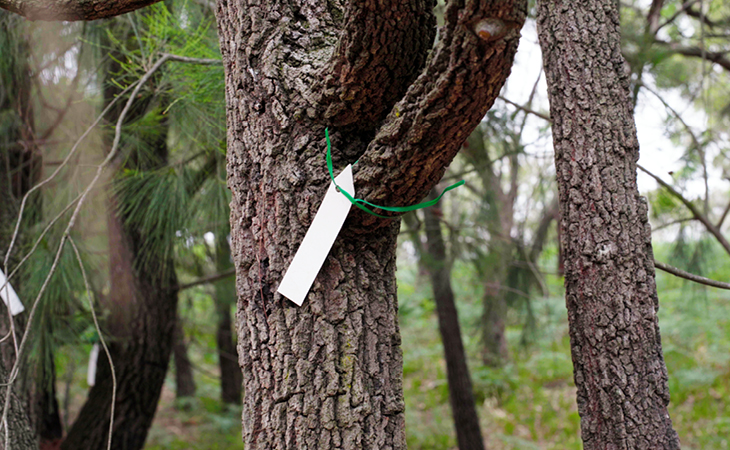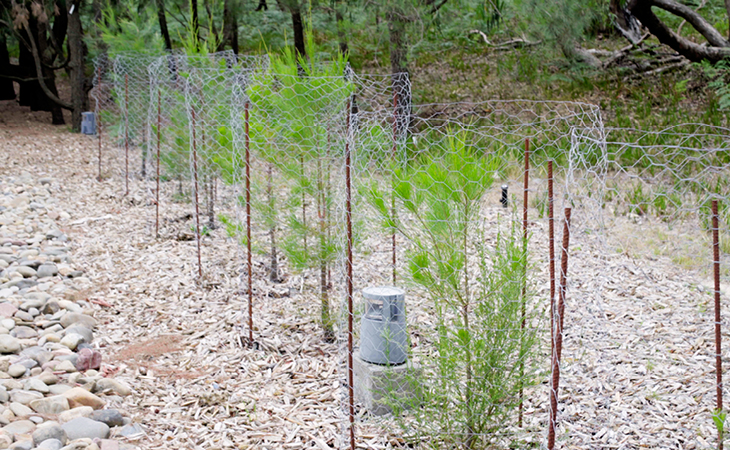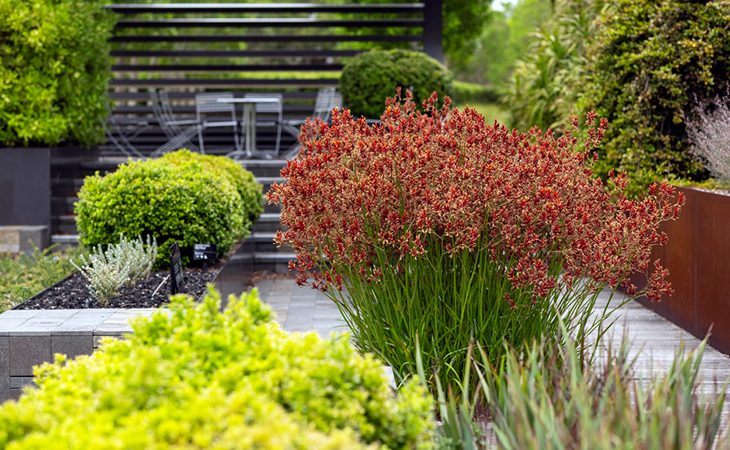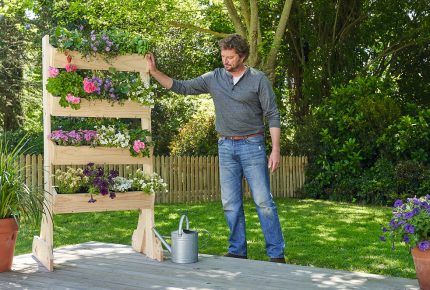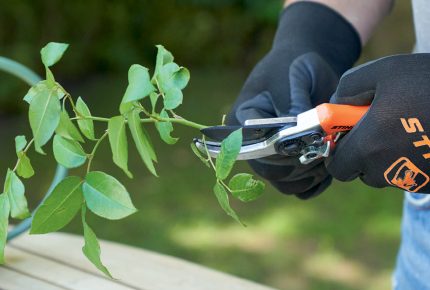
#Inspiration
MANAGING FUNGAL DISEASE WITH ROYAL BOTANIC GARDENS CRANBOURNE
Fungal diseases in plant can be very diverse and can affect all parts of the plant. Some of the symptoms and signs of fungal disease include mosaic leaf patterns, crinkled leaves, yellowed leaves and plant stunting. There are ways, however to treat and control plant disease, whilst improving the health of your plants.
DISEASE MANAGEMENT
The management of pests and disease is key part of the Gardens’ operations. ‘We have quite stringent bio-security protocols that try to minimise the incursion of new pests and diseases,’ John tells Charlie Albone. ‘Prevention is better than the cure. We focus on good hygiene practices. We have an acquisition policy that means we only buy from accredited nurseries. So it’s about the quality of plant material coming in, and monitoring.’
MYRTLE RUST
Outbreaks of myrtle rust is an ongoing threat to plants in the Myrtle family. As such the gardens have a stringent monitoring program where sentinel plants are regularly inspected. The Gardens are quick to jump on any incursions – especially when the weather is warm or humid. If it’s a small incursion, they’ll remove and bag it, then spray all myrtaceae in and around as a preventative. Monitoring is the key to ensuring any outbreaks are addressed swiftly, before they become a bigger issue.
ARMILLARIA
Armillaria is a fungi that is very difficult to control because it moves from root system to root system. It can move around a metre a year if the conditions are right. In fact, armillaria is documented as the world’s largest living organism – making it the biggest threat Royal Botanic Gardens’ collections.
‘It’s a wicked dilemma because it rots wood but it’s also a parasite,’ says John. ‘It has the capacity to kill woody plants and trees. We have incursions in and around the site which we’ve documented and mapped, so we know where it is. We’re running an interesting research project and trial, to see if improving the general health of plant material can keep armillaria at bay… If the plant is healthy, it may have improved capacity to be resilient against armillaria infestation – the armillaria will be present in its system, but won’t take over and kill.’
This process of building resilience into the tree stock is a revolutionary one, as many gardens around the world still rely on chemicals to treat armillaria. These are counter intuitive when you’re trying to build up soil biota, because they tend to kill all the organisms in the soil including the good ones.
‘You can also dig out root systems and remove all infected material, but for us that’s not practical at this scale. We’re hanging a lot on building resilience in plants for a way of living with armillaria.’

